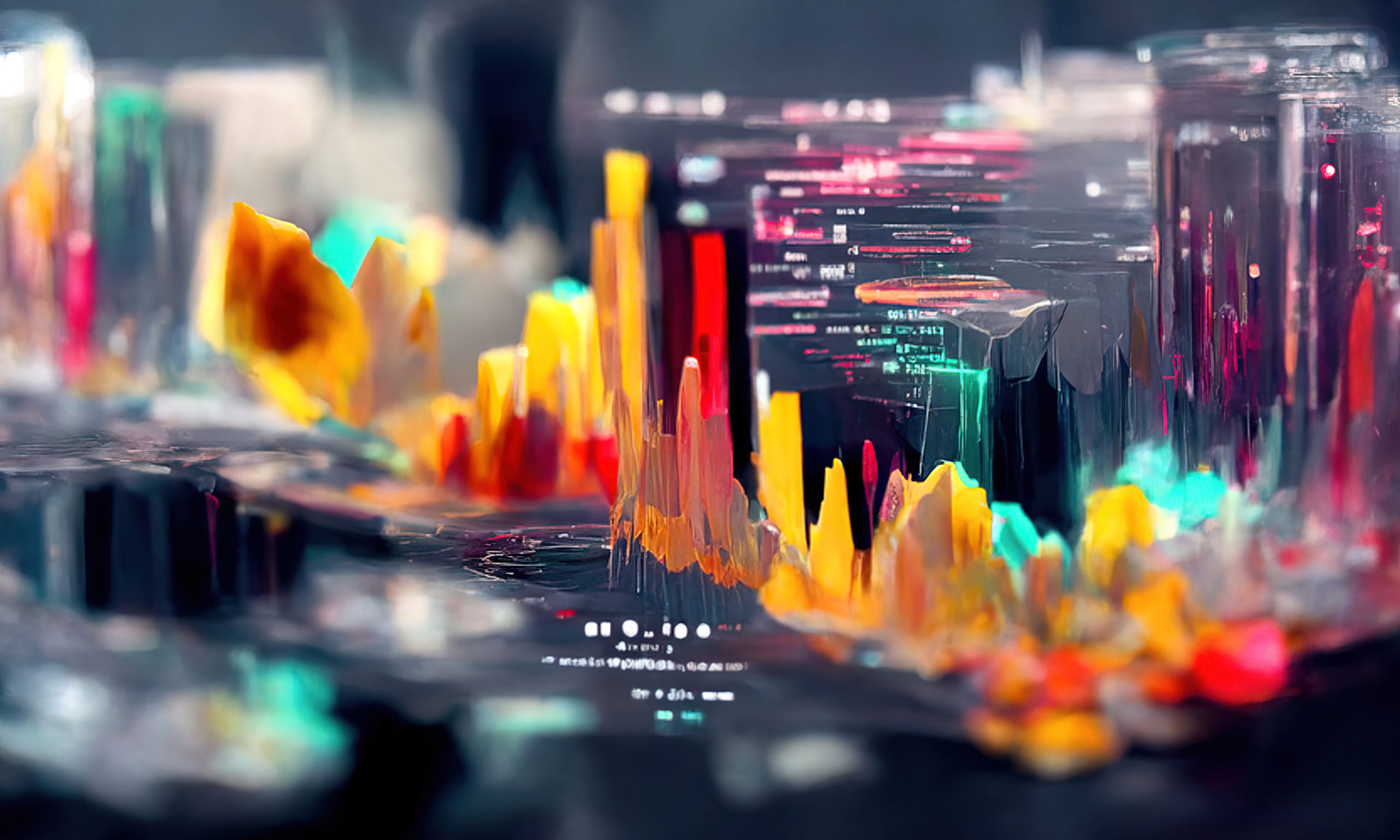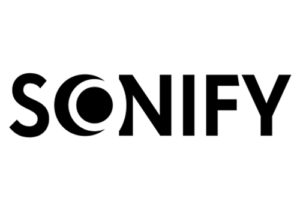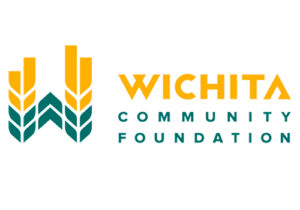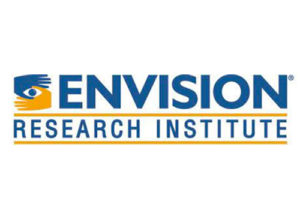
A year-long initiative based in Wichita Kansas that empowered newsrooms to create data-driven sonification podcast stories working with advisors from the blind and visually impaired community.
About the Project
Data-Driven Storytelling: Making Civic Data Accessible with Audio, was a recipient of the Knight Foundation’s “Data For Civic Engagement” award to engage in a year-long initiative based in Wichita Kansas that empowered newsrooms to create data-driven sonification podcast stories working with advisors from the blind and visually impaired community. The goal was to test new approaches for communicating data with sound; through audio production, listening sessions, hands-on workshops and applied research.
“The potential of data to bring residents together and solve problems is immense: data can help us better understand and improve the communities we live in, serve as a spark for civic dialogue and conversation, and enable us to hold governments and other institutions accountable. These data, like the community newspapers of John S. and James L. Knight’s era, are the common set of facts about a community. Taking advantage of data requires that residents make use of and put data to work in the service of the community.”
Knight Foundation, Data for Civic Engagement
link to source

The project was commissioned by the Knight Foundation who released an Open Call on the theme of “Data For Civic Engagement” in November 2019. In June 2020, Knight announced the seven projects who shared $1 million in funding for their work.
This project was a collaboration between Sonify, the Wichita Community Foundation, and Envision Research Institute.
In our original response to the Knight Foundation’s open call for ideas we stressed that while it was true that Open Data offered an opportunity to reshape communities through civic engagement, the exclusively visual format of this material was unnecessarily limiting and could exclude residents from the blind and visually impaired community, seniors and other groups. By concentrating on a collaborative approach to audio storytelling with data, we aimed to identify best practices and construct an informed point of view that could be used to guide digital inclusion efforts in the development of future technology, design and policy. If the enormous challenge of making city and government civic data portals accessible was outside of the scope of our effort, we could at least try to make a meaningful contribution by bringing people together to imagine what an audio based solution could sound like.
The project created sonifications from data using TwoTone, a free and open source web app built by Sonify and supported by Google News Initiative, that allows users to sonify a dataset without writing a single line of code. The TwoTone app was launched in 2019 (before we started this project) and was not designed to enable authoring of sonifications by users who are blind and visually impaired (we’re working on fixing that). Therefore our newsroom teams created sonifications for their podcast projects using TwoTone and worked with their assigned BVI advisors to ensure that the output could be both accessible and comprehensible. It’s important to stress that our goal was not to build solutions specifically designed for the BVI community but instead to utilize the unique perspectives and insights of this community to help us better understand how to create audio-first solutions that could work for everyone.
The Process
We adopted a rapid prototyping method for production and testing. Each newsroom worked on their data-driven stories and received detailed feedback at sessions each month from their BVI advisors. This provided insights around how best to use data with sound but it quickly moved beyond this into a two-way communication that helped our newsroom teams to become better storytellers by embracing new perspectives as well as new techniques.
The process facilitated a lot of room for experimentation and growth on both professional and personal fronts for all involved. The ability to make mistakes in a safe and supportive environment led to a feeling among the newsrooms that the advisors and instructors were an extension of their production teams and this empowered them to take risks. From our three newsrooms, only one had previously made audio stories and only one of our BVI advisors had previously heard of data sonification. Over the course of the year each newsroom started to make podcasts, which is an especially big departure for a local library and a print magazine.


